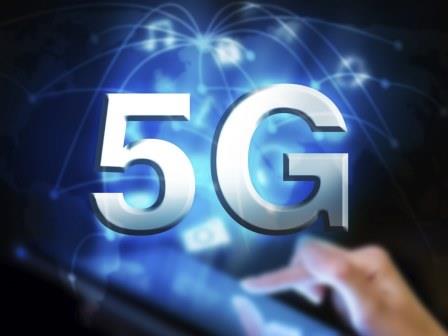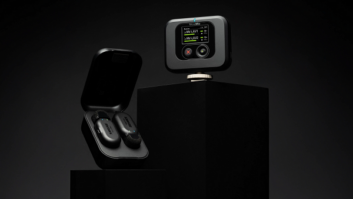
AT&T will move 5G trials out of the lab and into the field later this year as part of its effort to accelerate wireless download speeds by 10 to 100 times over current average 4G LTE speeds, the carrier announced.
Efficient 5G networks will deliver multi-gigabit downloads and streams and support 4K video, virtual reality, self-driving cars and other IoT demands that “will drive the next wave of traffic growth,” AT&T said.
At 1Gbps, 5G will let consumers download a TV show in less than 3 seconds, the carrier said. Latency will also drop to as little as 1 to 5 milliseconds, AT&T said. That compares to LTE’s 10ms to 30ms network latency. Latency measures the round-trip time it takes for a packet of data to go to from a smartphone to a cell site and back, excluding any Internet latency. Latency measures the time it takes, for example, to press play on a video-streaming app and for the video to start streaming.
The technology will also deliver long battery life up to 10 years for IoT sensors.
For its part, rival Verizon announced last September that it planned to launch technology field trials in 2016.
Now AT&T said that it will use 5G to provide wireless connectivity to fixed locations in Austin, Texas, before the end of the year and “set the stage for widespread commercial and mobile availability once technology standards for 5G are established, the company said.
Undefined standard: Although 5G standards haven’t been defined, AT&T said it has been conducting 5G trials “in such a way that we’ll be able to pivot to compliant commercial deployments once 5G technology standards are set. “ The 3GPPP international standards body will likely complete the first phase of that process in 2018, AT&T said.
AT&T said it’s in a position to roll out 5G quickly because it has been building out a software-defined network (SDN), making it unnecessary to rip out and replace a lot of network hardware to implement a 5G upgrade.
The traditional network-upgrade model “relied on complex and cumbersome hardware, but that gear takes too long to deploy and too long to upgrade in the face of the customer demand the industry is experiencing,” AT&T claimed.
In 2014 AT&T announced plans to virtualize 75 percent of its network by 2020. It virtualized 5.7 percent of its network in 2015 and said it will get that to 30 percent in 2016.
“AT&T’s global leadership in moving to SDN gives us a head start in supporting exploding growth in mobile video consumption,” the carrier contended.
“New experiences like virtual reality, self-driving cars, robotics, smart cities and more are about to test networks like never before,” said John Donovan, chief strategy officer and group president of AT&T technology and operations. “These technologies will be immersive, pervasive and responsive to customers. 5G will help make them a reality.”
The company noted that its wireless data traffic grew more than 150,000 percent from 2007 through 2015, driven largely by video. More than 60 percent of AT&T data traffic was video in 2015.
To free up spectrum for 5G, Senate Commerce Committee Chairman John Thune (R-S.D.) is preparing federal legislation to ensure that 500MHz of spectrum will be freed up by 2020 for 5G.













